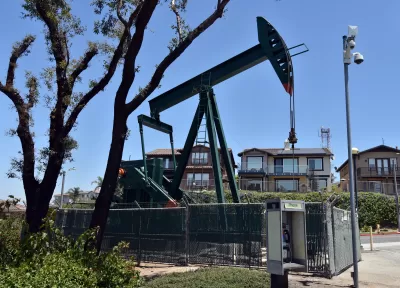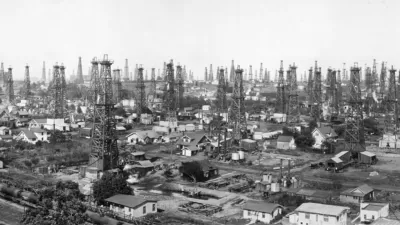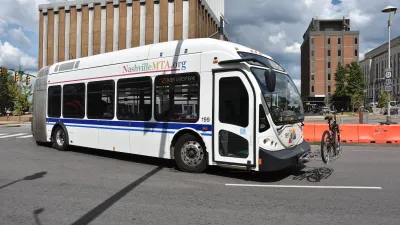Those living near oil and gas wells face increased risks from wildfires, which threaten these infrastructures and could lead to explosions, pollution, and other hazards, particularly affecting communities of color.

As wildfires rage across California, millions of residents living near oil and gas wells face heightened risks from explosions, pollution, and infrastructure damage. As reported by Hayley Smith, a study in the journal One Earth found that over 100,000 wells in the western U.S., primarily in California, are located in high fire-risk areas, putting nearly 3 million people at greater danger. These wells, both active and inactive, present significant hazards during wildfires due to potential leaks and combustible emissions.
California's oil wells, especially in Los Angeles, Fresno, Kern, and Orange counties, are particularly vulnerable. Historical incidents, such as the 2015 Aliso Canyon gas leak and the 2017 Thomas Fire, highlight the dangers, which are expected to increase with climate change. The study found a significant rise in wells within wildfire burn areas over recent decades, with further increases projected by mid-century. This growing risk underscores the need for proactive measures to protect affected communities.
Efforts to address these risks include California's recent legislation prohibiting new wells near homes, schools, and healthcare facilities, as well as increased funding for plugging abandoned wells. However, the study warns of a "pernicious feedback loop" where fossil fuel production exacerbates global warming, which in turn intensifies the frequency and severity of wildfires. This cycle necessitates stronger actions to reduce fossil fuel reliance and enhance safety for those living near oil and gas infrastructure.
The study also highlights that exposure to oil wells in wildfire-prone areas disproportionately affects Black, Latino, and Native American communities. These groups often reside in neighborhoods with a higher density of oil wells due to historical redlining and economic factors. Addressing these environmental justice issues requires comprehensive strategies to limit drilling in high-risk areas, improve monitoring technologies, and enforce stricter safety regulations to protect vulnerable populations.
FULL STORY: Millions of Californians live near oil and gas wells that are in the path of wildfires

Alabama: Trump Terminates Settlements for Black Communities Harmed By Raw Sewage
Trump deemed the landmark civil rights agreement “illegal DEI and environmental justice policy.”

Planetizen Federal Action Tracker
A weekly monitor of how Trump’s orders and actions are impacting planners and planning in America.

The 120 Year Old Tiny Home Villages That Sheltered San Francisco’s Earthquake Refugees
More than a century ago, San Francisco mobilized to house thousands of residents displaced by the 1906 earthquake. Could their strategy offer a model for the present?

LA’s Tree Emergency Goes Beyond Vandalism
After a vandal destroyed dozens of downtown LA trees, Mayor Karen Bass vowed to replace them. Days later, she slashed the city’s tree budget.

Sacramento Leads Nation With Bus-Mounted Bike Lane Enforcement Cameras
The city is the first to use its bus-mounted traffic enforcement system to cite drivers who park or drive in bike lanes.

Seattle Voters Approve Social Housing Referendum
Voters approved a corporate tax to fund the city’s housing authority despite an opposition campaign funded by Amazon and Microsoft.
Urban Design for Planners 1: Software Tools
This six-course series explores essential urban design concepts using open source software and equips planners with the tools they need to participate fully in the urban design process.
Planning for Universal Design
Learn the tools for implementing Universal Design in planning regulations.
Ada County Highway District
Clanton & Associates, Inc.
Jessamine County Fiscal Court
Institute for Housing and Urban Development Studies (IHS)
City of Grandview
Harvard GSD Executive Education
Toledo-Lucas County Plan Commissions
Salt Lake City
NYU Wagner Graduate School of Public Service





























